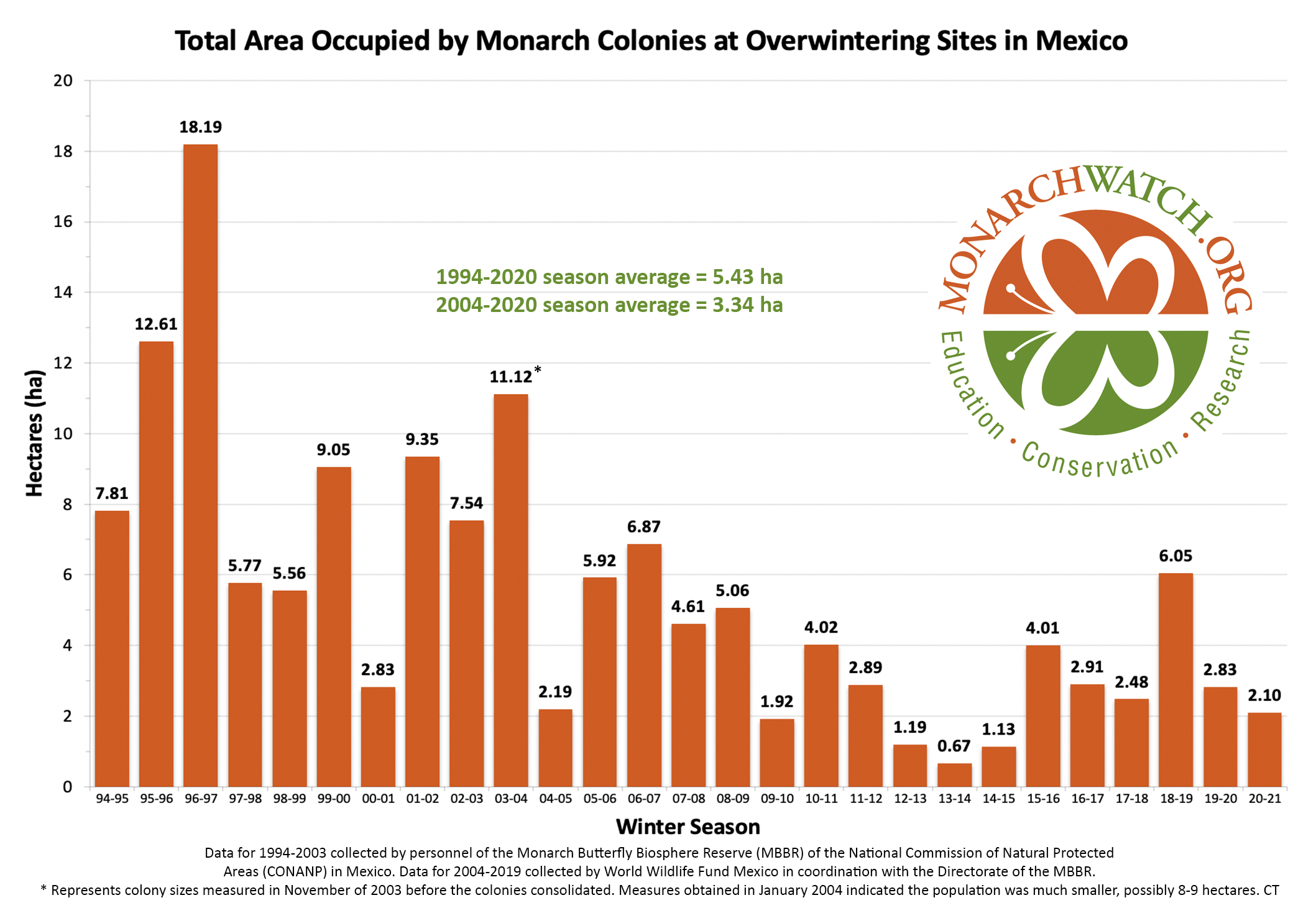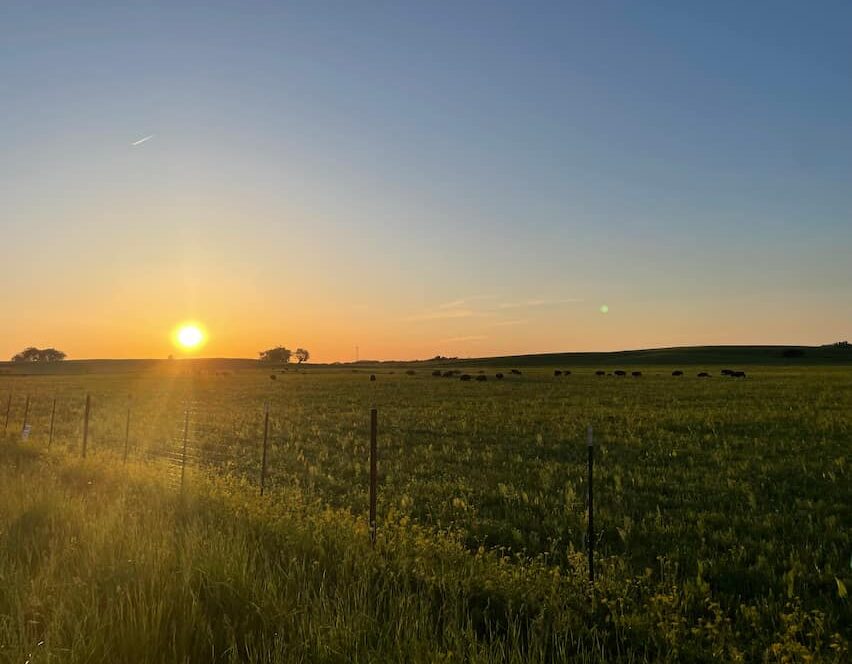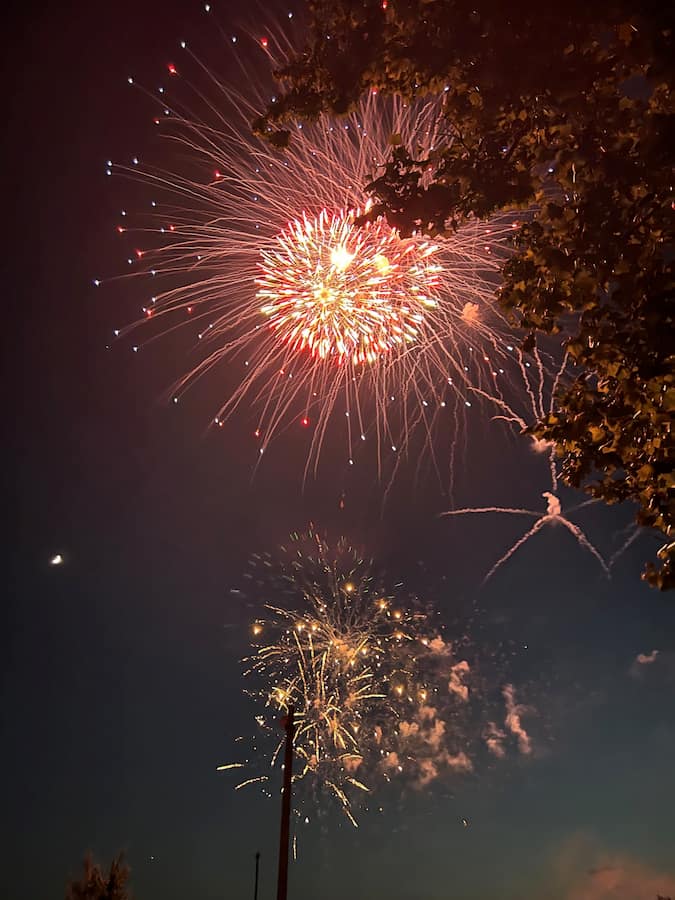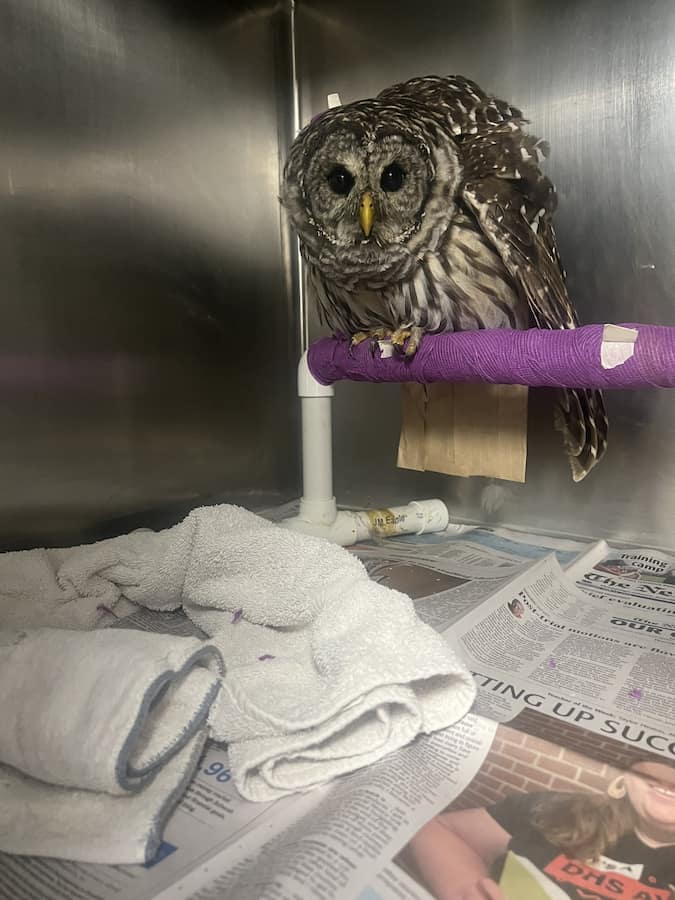By: Lauren Vincent, Class of 2023
Milkweed is a native Illinois perennial plant that serves a unique role in our backyard ecosystems and across the country. This plant is the only host for Monarch butterflies (Danaus plexippus) making it critical for their survival. With progressive urbanization and habitat loss, milkweed distribution has plummeted, bringing the monarch populations down with it.
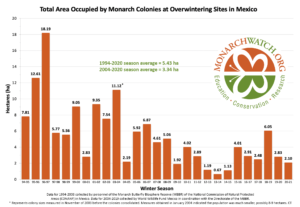
Over the last 2 decades, Monarch butterfly populations have decreased by over 80%. Yearly population estimates are conducted when these butterflies overwinter in Mexico, and the data has revealed this alarming decline. Additionally, progressive agricultural technologies, urban expansion, and aggressive roadside mowing has resulted in the loss of over 1.3 billion stems of milkweed. Given that monarchs require this plant for their survival, it is no surprise that these population declines have continued parallel to each other.
So, why milkweed? Common milkweed (Asclepias syriaca) serves as the only larval host plant for monarchs due to the strong symbiotic relationship that has evolved between these two species. Monarch eggs attach to the underside of leaves, which protect them from desiccation in the hot sun and serve as a food source for larvae before undergoing metamorphosis. When consuming large quantities of these leaves, larvae also ingest toxic chemicals known as cardiac glycosides that are naturally produced by the plant. These chemicals do not harm the larvae, instead they give the larvae an evolutionary advantage by making them toxic themselves. This makes the Monarch less desirable prey once they emerge as butterflies. Monarchs return the favor by helping pollinate the plants as they move from flower to flower to drink the sweet nectar.
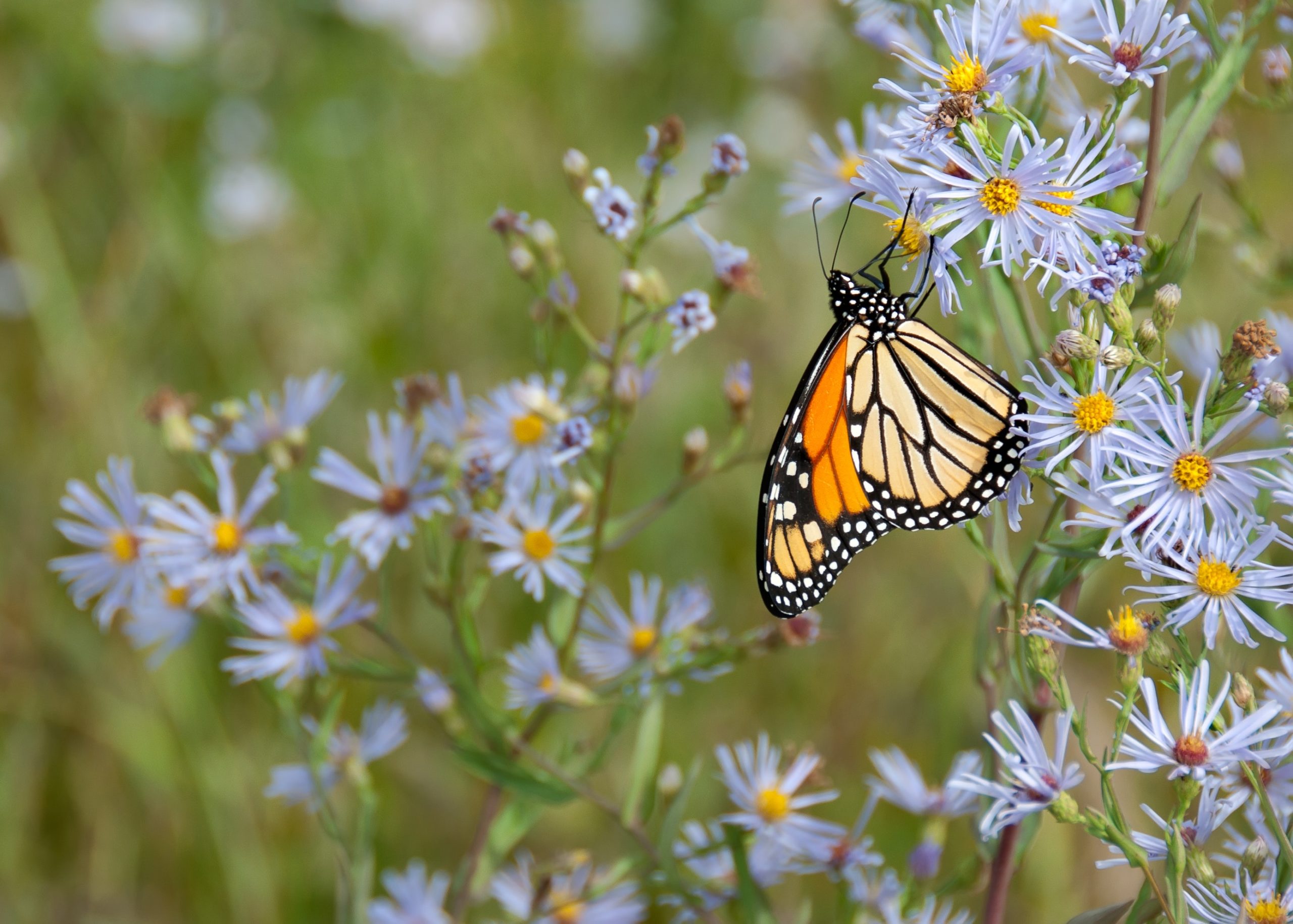 Thankfully, there are many organizations that have committed to restoring milkweed gardens and resurrecting monarch butterfly populations. The Illinois Monarch Project created an action plan in 2020 to lay out specific conservation strategies for various public and private agencies in the State. The University of Illinois has also pledged its dedication to this cause by establishing “Low-Mow Zones” across campus. These areas are left to grow so that pollinators can grow and reproduce in the plant cover.
Thankfully, there are many organizations that have committed to restoring milkweed gardens and resurrecting monarch butterfly populations. The Illinois Monarch Project created an action plan in 2020 to lay out specific conservation strategies for various public and private agencies in the State. The University of Illinois has also pledged its dedication to this cause by establishing “Low-Mow Zones” across campus. These areas are left to grow so that pollinators can grow and reproduce in the plant cover.
YOU can also play an important role in this cause! Planting a pollinator friendly garden with milkweed in your yard can help offset the harm done to this species and bridge the gap between other monarch gardens. If you do not have a yard, a potted milkweed plant can also be beneficial! These native plants can be purchased locally through organizations such as Grand Prairie Friends, who holds an annual plant sale in Urbana, IL. There, you can purchase milkweed along with other pollinator friendly native plants. Please note that milkweed contains cardiac glycosides that are toxic to humans and animals when ingested, so keep these plants out of reach of pets.
Once your garden is established, you can register it online as a Monarch Waystation, and join the community of people across the country that have committed to the preservation of this magnificent species. Happy gardening and we hope you enjoy the spring weather!
Resources:
Thogmartin, W. E. et. Al. (2017). Restoring monarch butterfly habitat in the Midwestern US: ‘all hands on deck.’ Environmental Research Letters, 12(7), 074005. https://doi.org/10.1088/1748-9326/aa7637
Geest, E. A., Wolfenbarger, L. L. R., & McCarty, J. P. (2018). Recruitment, survival, and parasitism of monarch butterflies (Danaus plexippus) in milkweed gardens and conservation areas. Journal of Insect Conservation, 23(2), 211–224. https://doi.org/10.1007/s10841-018-0102-8
Lukens L, Kasten K, Stenoien C, Cariveau A, Caldwell W and Oberhauser K (2020) Monarch Habitat in Conservation Grasslands. Front. Ecol. Evol. 8:13. doi: 10.3389/fevo.2020.00013
MonarchWatch.org (https://monarchwatch.org/blog/2021/02/25/monarch-population-status-45/)

